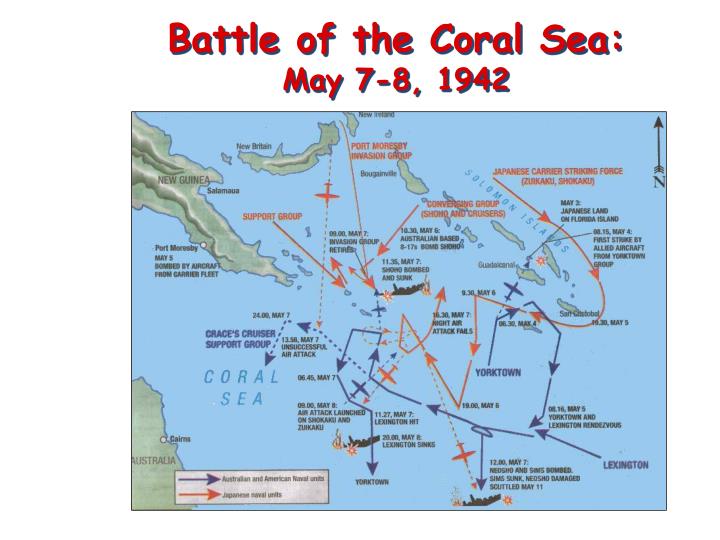
2īy 20 January, when General Fredendall set up II Corps headquarters on a pine-wood ridge just south of Tébessa, more than 1,300 Ordnance troops had arrived in central Tunisia. Late in December Colonel Raff had received from AFHQ and turned over to the French a company of American M5 light "Honey" tanks (Company A, 70th Tank Battalion, Light), but after an encounter with German antitank guns at Pichon and long hours in combat without maintenance, the Honeys were of little use. The French were equipped with thin armor, mule-drawn carts, and ancient trucks, all that the Axis Armistice Commission had left them. The force had recently been built up to about 4,000 men, and Allied Force Headquarters had given it a few pieces of artillery and some antiaircraft guns, but it was still seriously short of weapons.

paratroopers, infantrymen, and tank destroyers. In mid-January, when the Ordnance troops came to central Tunisia, Gafsa was the headquarters of the French-American Tunisian Task Force, composed of a detachment of the French Algiers Division, some French irregulars, and "Raff's Army" of U.S. (See Map 3)Īn oasis town of tall palms, flowering gardens, and pink and white buildings, about eighty miles south of Tébessa, Gafsa is less than three hours' ride by automobile from Gabès and was the logical take-off point for a breakthrough to the coast. Here the road branched the left fork led to the coastal city of Sousse via Kasserine and Sbeïtla the right to Gabès via Fériana and Gafsa. One turned south toward the desert, winding its way past a gendarme's post, Bou Chebka, on the border, passing through aīeautiful forest of fir trees-the only forest in that part of Tunisia-and descending onto a flat plain to reach the tiny French-Arab town of Thélepte, which is surrounded by Roman ruins. Several highways curved north through Haïdra and Thala. A narrow-gauge railroad came south through Algeria and then turned north at Haïdra it connected with a railroad southeast to Kasserine, a junction from which rails ran east to the coast. Railroads, macadam roads, and camel trails converged at the ancient Algerian border city of Tébessa, which is encircled by tall remnants of a golden-stoned wall built when the Romans held North Africa. They had all they could do to plug the gaps in the mountains between Tébessa and the coast. By 26 January the enemy was so strong at the mountain passes and so determined to keep the eastern coastal plains from Tunis to Tripoli open for a joining of Rommel's and General von Arnim's forces that the Allies had to give up any thought of an immediate breakthrough to Gabès.

At the time this decision was made General von Arnim began to attack the Eastern Dorsal passes, which were lightly held by the French 19th Corps, and Rommel's rear guard began to arrive in Tunisia. Alexander at the Casablanca Conference, to keep II Corps in mobile reserve in the Tébessa area, conducting only limited operations and building up strength to attack when the British Eighth Army caught up with Rommel on the southern border of Tunisia. General Eisenhower decided, after talks with General Sir Alan Brooke and General Sir Harold R. Part of the SATIN plan, a II Corps rush to the coast to seize Gabès, thereby cutting Rommel's line of communications from northern Tunisia, was changed late in January. It was in the half-desert, half-mountain region of the lower chest and waist, where bleak, rocky mountains, or djebels, rise straight from barren plains, a region that reminded Americans of Arizona and New Mexico, that the U.S. Below the waist, all is desert above it there are two irregular mountain chains running more or less north and south about twenty miles apart and known as the Eastern Dorsal and the Western Dorsal. The waistline, formed by the Gulf of Gabès some 250 miles south of Bizerte, is narrow, only about a hundred miles wide from the port of Gabès to the Algerian border, which forms the spiny upper back of the sea horse.

The chest protrudes east into the Mediterranean. The city of Tunis is the eye Bizerte sits on top of the head. On the map Tunisia looks like a sea horse, with its snout (Cap Bon) pointing toward Sicily.


 0 kommentar(er)
0 kommentar(er)
